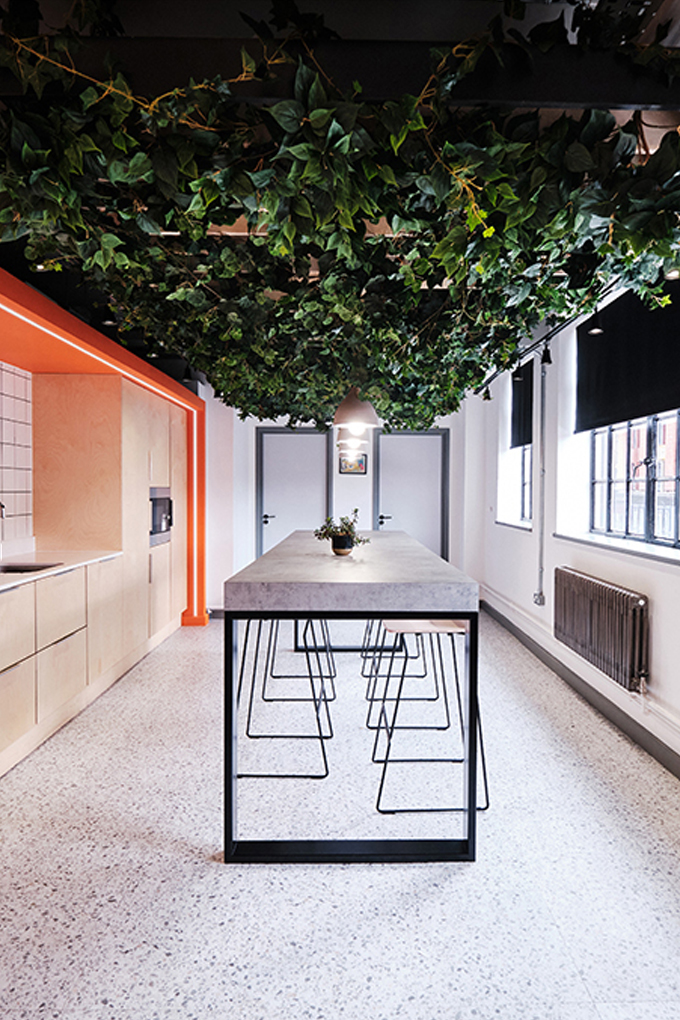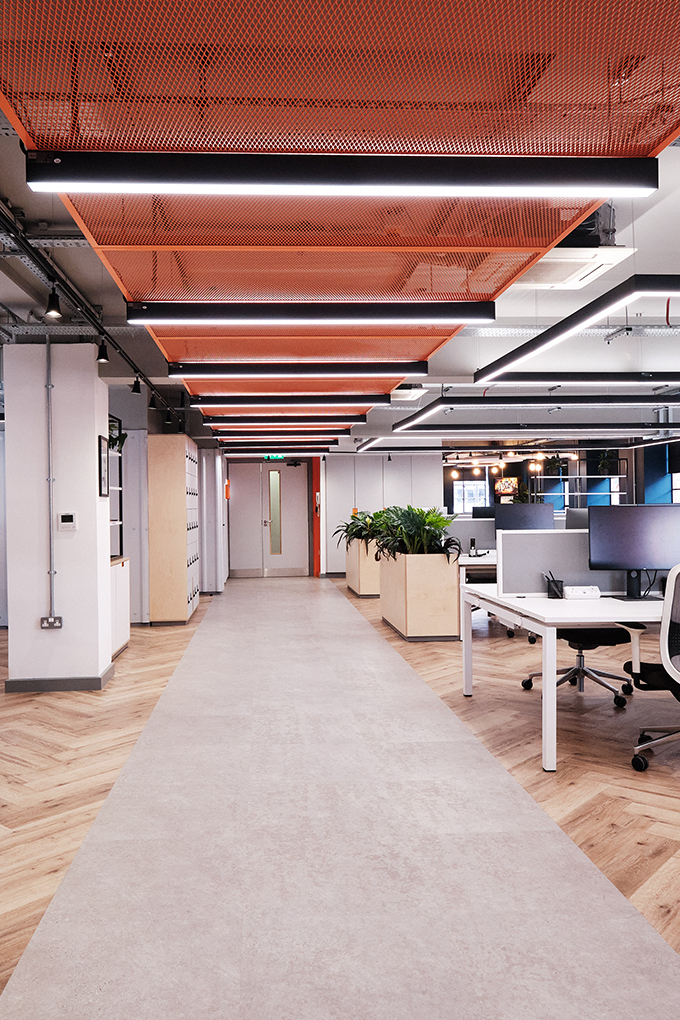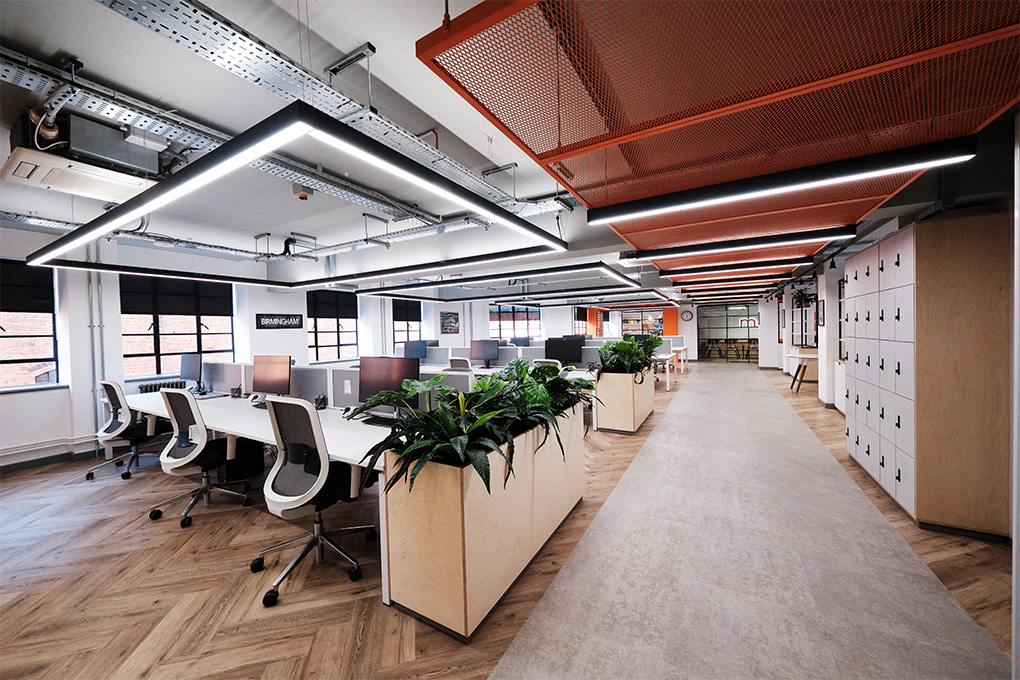In today’s fast-paced and dynamic work environment, the design of office spaces plays a pivotal role in fostering productivity, creativity, and employee well-being. A well-thought-out office design not only reflects the company’s values but also contributes to a positive and efficient work culture. Whether you’re setting up a new office or revamping an existing one, here are 10 crucial considerations to keep in mind when designing your workspace.
1. Space Planning: Efficient Use of Space
Efficient space planning is the foundation of a functional office. The most modern offices need their spaces to work smarter to adapt to the changing needs of the space, and it’s all possible with some simple yet strategic planning. Consider the flow of movement, collaboration zones, and the placement of essential elements like workstations, meeting rooms, and break-out areas. Ensure that the layout encourages collaboration while providing personal space for focused work.

2. Natural Light and Ventilation: Boosting Well-being
Integrate natural light and ventilation into your office design. Exposure to natural light has been linked to improved mood and productivity, while proper ventilation contributes to a healthier work environment. Maximise windows and consider open floor plans to facilitate the flow of fresh air.
3. Ergonomics: Prioritising Employee Health
Invest in ergonomic furniture and accessories to support the health and well-being of your employees. Comfortable chairs, adjustable desks, and proper lighting can significantly enhance employee productivity and reduce the risk of musculoskeletal issues.
4. Branding and Identity: Reflecting Company Culture
Your office design should align with your company’s brand and identity. Incorporate elements like colour schemes, logos, and corporate values into the design to create a cohesive and inspiring work environment. This helps reinforce company culture and fosters a sense of belonging among employees.


5. Technology Integration: Future-Proofing the Workplace
Stay ahead in the technological landscape by integrating the latest tools and infrastructure. Provide ample power outlets, invest in high-speed internet, and incorporate smart technologies that enhance collaboration and communication among team members.
6. Flexibility: Adapting to Changing Needs
Design with flexibility in mind to accommodate the evolving needs of your business. Consider modular furniture, movable partitions, and adaptable spaces that can be easily reconfigured as your team and projects grow and change—in the new world of hybrid working, it’s also important to create a working environment that employees want to be in, creating a home from environment to foster productivity.
7. Privacy Zones: Balancing Collaboration and Focus
Strike a balance between open, collaborative spaces and private areas for focused or confidential work. Designate quiet zones, booths for Zoom calls, or private offices for tasks that require concentration, ensuring that employees have options that suit their working styles.
8. Aesthetics: Inspiring Creativity
Create an aesthetically pleasing environment that inspires creativity and innovation. Thoughtfully chosen colours, artwork, and design elements contribute to a positive atmosphere and can have a profound impact on employee morale and motivation.

9. Wellness Amenities: Supporting Work-Life Balance
Consider incorporating wellness amenities into your office design, such as fitness areas, meditation rooms, or comfortable break spaces. Promoting work-life balance and providing spaces for relaxation can contribute to employee satisfaction and retention.

10. Sustainability: Green and Responsible Design
Embrace sustainable and eco-friendly design practices. Opt for energy-efficient lighting, recycled materials, and environmentally conscious furniture. A commitment to sustainability not only benefits the planet but also enhances your company’s reputation and appeal.
Final thoughts
In conclusion, a well-designed office is not just a physical space; it’s a strategic tool that can elevate employee performance, satisfaction, and overall business success. By carefully considering these 10 crucial factors, you can create an office environment that fosters collaboration, innovation, and employee well-being.

